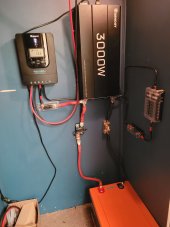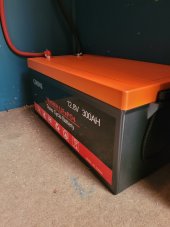Just got everything hooked up last night. Today was first day charging and my charge controller gave the battery over voltage warning at 15V. I immediately disconnected battery, waited a minute and then reconnected. After a moment the controller entered what I believe was "float" mode. I'm currently using the preset for LFP batteries but intend to use USER settings and put in the manufacturers suggested amounts. My question is this. My battery seemed to discharge quickly when just running my TV for an hour. It is down to 13.1V. However, when I initially hooked the battery up yesterday I checked it with a multimeter and it read 13.3V while the controller showed 13.1V. Am I missing something or have I done anything wrong? Just a bit insecure as this is my very first build with having learned mostly everything from YouTube. Any recommendations or guidance or suggestions are welcome and appreciated. I have four 100w renogy panels ran series/parallel, 40a renogy mppt charge controller, 3000w renogy pure sine wave inverter, 300ah chins lifepo4, 100a 12v fuse block.
Needing advice/suggestions/guidance on first install.
- Thread starter FTFamof4
- Start date





